| Availability: | |
|---|---|
| Quantity: | |
| Place of Origin | China | Certification | ISO 9001: 2015 ROHS REACH |
| Brand Name | Honesun | Tolerance | 0.05mm |
| Model Number | Others, customized | Working Temperature | -40℃~91℃ |
| Type | Permanent | Delivery time | 3-15days |
| Composite | neodymium magnets with mounting holes | Package | customized |
| Shape | magnetic disk neodymium magnets with mounting holes | Sample | Avaliable |
| Application | Industrial Magnet | Keyword | neodymium magnet |
| Processing Service | Cutting, Punching | Quality Control | ≥98% |
| Grade | N35-N52 | Packaging Details | 1:Standard air and vessel package 2:according to customers's request |
| Coating | Epoxy.Black Epoxy. Nickel.Silver.etc | Lead time (days) | To be negotiated |
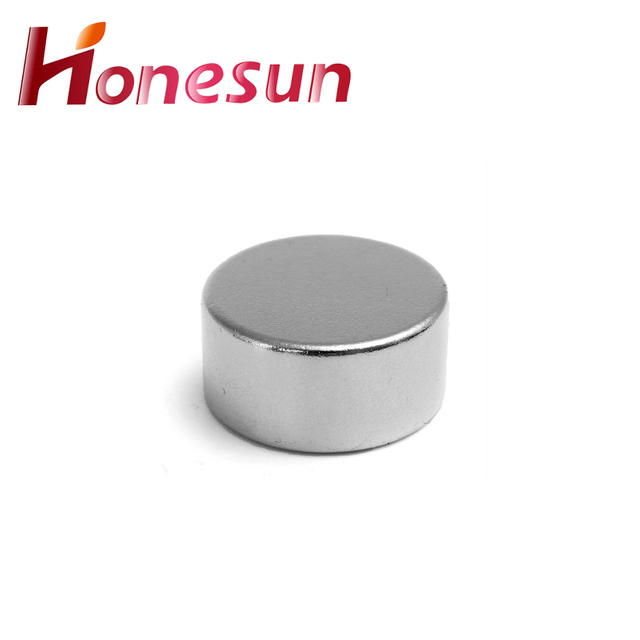
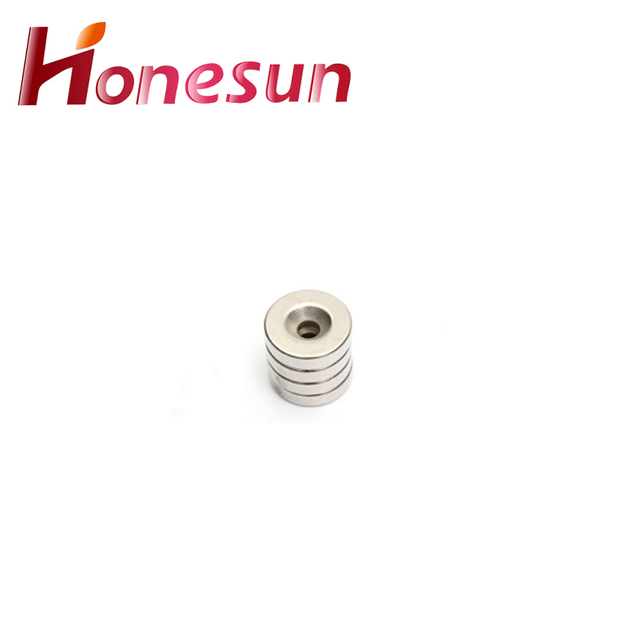
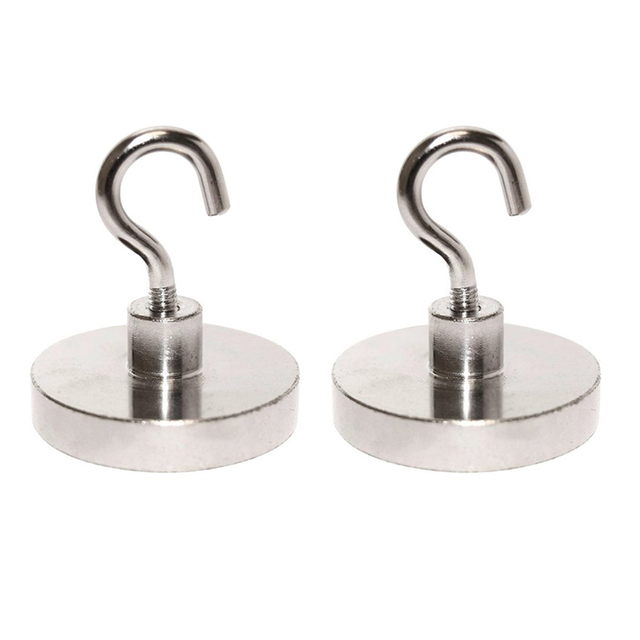
1.How do neodymium magnets with mounting holes compare to Samarium Cobalt Magnets?
neodymium magnets with mounting holes is not a product only, but also can help you comes to money-making. Neodymium magnets are the strongest type of permanent magnet available, and they are much stronger than samarium cobalt magnets. Neodymium magnets are also much more affordable than samarium cobalt magnets, making them the more popular choice for many applications. Neodymium magnets are also more resistant to corrosion and temperature changes than samarium cobalt magnets.
2.What is the magnetic field strength of a Neodymium Magnet?
The magnetic field strength of a Neodymium magnet can range from 10,000 to 14,000 gauss.
3.How are neodymium magnets with mounting holes made?
Our products & services cover a wide range of areas and meet the needs of different fields. Neodymium magnets are made by a process called powder metallurgy. This process involves mixing neodymium, iron, and boron powder together and then compressing the mixture into a mold. The mold is then heated to a very high temperature, which causes the particles to bond together and form a solid magnet.
4.Are neodymium magnets with mounting holes used in electric vehicles?
Yes, neodymium magnets are used in electric vehicles. They are used in the electric motors that power the vehicle, as well as in the batteries that store the energy. Neodymium magnets are also used in the regenerative braking systems of electric vehicles, which help to capture and store energy that would otherwise be lost as heat.
5.What are the pros and cons of using neodymium magnets with mounting holes?
We have established long-term and stable partnerships with our suppliers, so we have great advantages in price and cost and quality assurance. Pros: - Neodymium magnets are extremely strong and can hold a large amount of weight. - They are very versatile and can be used in a variety of applications. - They are relatively inexpensive and easy to find. - They are corrosion-resistant and can withstand extreme temperatures. Cons: - Neodymium magnets are brittle and can easily break if dropped or mishandled. - They can be dangerous if swallowed, as they can cause serious internal damage. - They can be difficult to work with due to their strength. - They can be expensive depending on the size and grade of the magnet.
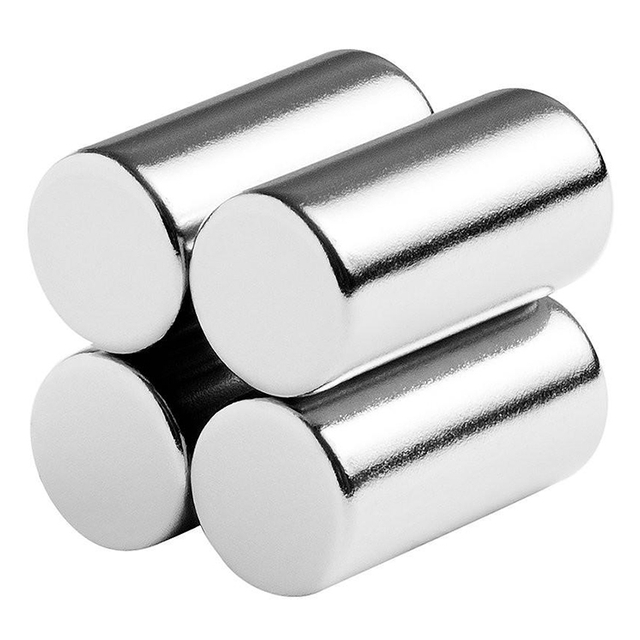
6.What is the weight-to-strength ratio of neodymium magnets with mounting holes?
The weight-to-strength ratio of Neodymium Magnets is typically around 1:10, meaning that for every gram of weight, the magnet can hold 10 times its weight in force.
7.Why are neodymium magnets with mounting holes considered to be the strongest permanent magnets?
As one of the top neodymium magnets with mounting holes manufacturers in China, we take this very seriously. Neodymium magnets are considered to be the strongest permanent magnets because they are made from an alloy of neodymium, iron, and boron. This alloy creates a strong magnetic field due to the way the atoms are arranged. The magnetic field created by neodymium magnets is much stronger than that of other permanent magnets, such as ferrite or alnico.
8.About neodymium magnets with mounting holes production equipment
Neodymium magnets are a type of rare earth magnet that is made from an alloy of neodymium, iron, and boron. They are the strongest type of permanent magnet available and are used in a variety of applications, including motors, generators, and loudspeakers. The production of neodymium magnets requires specialized equipment, such as a vacuum furnace, a press, and a sintering furnace. The process begins with the mixing of the neodymium, iron, and boron powders in the correct proportions. The mixture is then placed in a vacuum furnace and heated to a high temperature. This causes the powders to melt and form a homogenous alloy. The alloy is then placed in a press and formed into the desired shape. Finally, the formed alloy is placed in a sintering furnace and heated to a high temperature, which causes the alloy to become a permanent magnet.
9.About neodymium magnets with mounting holes inventory
Neodymium magnets are a type of rare earth magnet made from an alloy of neodymium, iron, and boron. They are the strongest type of permanent magnet available and are used in a wide variety of applications, from industrial to consumer products. Neodymium magnets are available in a variety of shapes and sizes, and can be purchased in bulk or as individual pieces.
10.Can neodymium magnets with mounting holes be shaped to fit specific applications?
We maintain a certain amount of R&D investment every year and continuously improve operational efficiency to provide better services to our cooperative customers. Yes, neodymium magnets can be shaped to fit specific applications. They can be cut, drilled, and machined into various shapes and sizes.
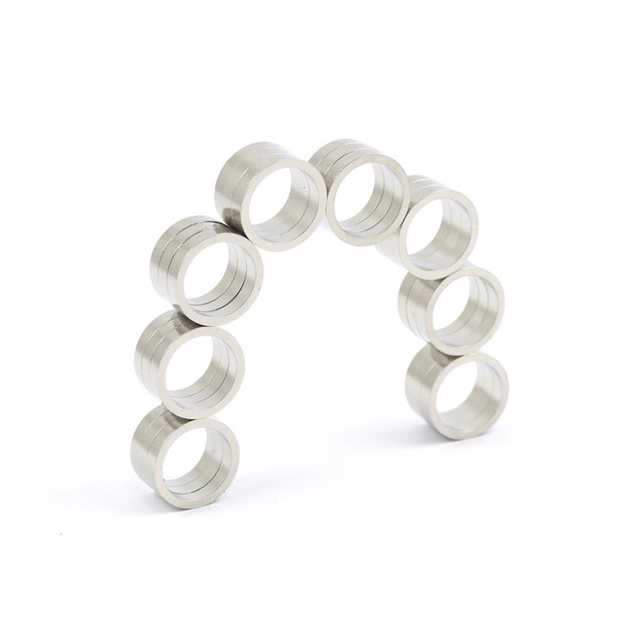
11.How do you recycle neodymium magnets with mounting holes?
We focus on our customers' needs and strive to meet their expectations, so we take this very seriously. Neodymium magnets are not typically recycled, as they are made from rare earth metals and are difficult to separate and process. It is best to reuse them or donate them to a local school or organization that can use them.
12.Are there any potential hazards associated with neodymium magnets with mounting holes?
We maintain a certain amount of R&D investment every year and continuously improve operational efficiency to provide better services to our cooperative customers. Yes, there are potential hazards associated with neodymium magnets. They can be very powerful and can cause serious injury if swallowed. They can also pinch fingers and other body parts if two magnets are brought together too quickly. Additionally, neodymium magnets can interfere with pacemakers and other medical devices, and can damage electronic equipment if placed too close.
13.How do neodymium magnets with mounting holes work?
We have established a good reputation and reliable partnerships within the neodymium magnets with mounting holes industry. Neodymium magnets are permanent magnets made from an alloy of neodymium, iron, and boron. They are the strongest type of permanent magnet available and are used in a variety of applications. Neodymium magnets work by creating a strong magnetic field that attracts ferromagnetic materials, such as iron, nickel, and cobalt. The magnetic field is created when the electrons in the atoms of the neodymium alloy align in the same direction. This alignment creates a strong magnetic field that can attract ferromagnetic materials from a distance.
14.Are there any restrictions on the production or use of neodymium magnets with mounting holes?
Yes, there are restrictions on the production and use of neodymium magnets. Neodymium magnets are subject to the European Union's Restriction of Hazardous Substances (RoHS) directive, which restricts the use of certain hazardous materials in electrical and electronic equipment. Additionally, neodymium magnets are subject to the International Maritime Organization's (IMO) International Maritime Dangerous Goods (IMDG) Code, which regulates the transport of hazardous materials by sea. Finally, neodymium magnets are subject to the United Nations' International Atomic Energy Agency (IAEA) regulations, which regulate the use of radioactive materials.
15.What are the safety precautions when handling neodymium magnets with mounting holes?
We are a professional neodymium magnets with mounting holes company dedicated to providing high quality products and services. 1. Keep magnets away from children and pets. 2. Wear protective gloves and eye protection when handling magnets. 3. Do not allow magnets to snap together or impact each other. 4. Do not allow magnets to come into contact with electronic devices, such as computers, cell phones, and credit cards. 5. Do not allow magnets to come into contact with pacemakers or other medical devices. 6. Do not allow magnets to come into contact with magnetic media, such as floppy disks, credit cards, and videotapes. 7. Do not allow magnets to come into contact with each other, as they can become permanently magnetized. 8. Do not allow magnets to come into contact with flammable materials, such as gasoline, paint, and solvents. 9. Do not allow magnets to come into contact with liquids, as they can corrode. 10. Store magnets in a dry, cool place away from direct sunlight.
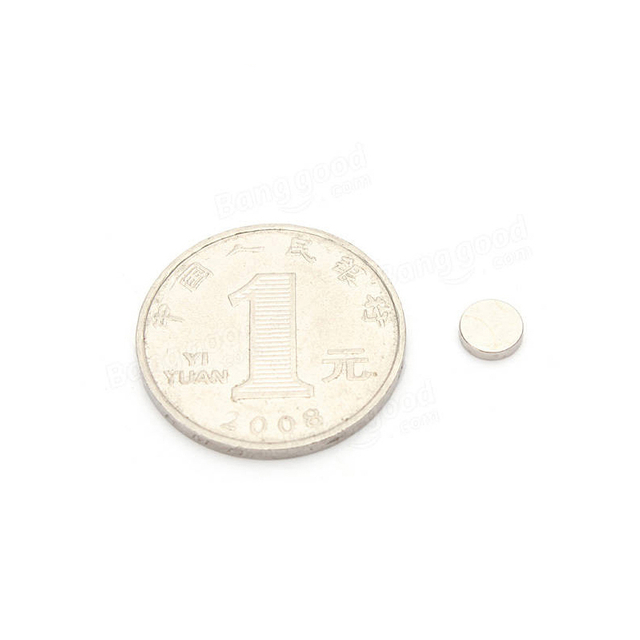
16.What are the environmental impacts of mining Neodymium for magnets?
The environmental impacts of mining neodymium for magnets can include air and water pollution, land degradation, and the destruction of habitats. Mining neodymium can also lead to the release of hazardous chemicals, such as sulfur dioxide, nitrogen oxides, and carbon dioxide, into the atmosphere. Additionally, the mining process can cause soil erosion, which can lead to the destruction of vegetation and wildlife habitats. Finally, the mining process can also lead to the release of radioactive materials, which can be hazardous to human health.
| Place of Origin | China | Certification | ISO 9001: 2015 ROHS REACH |
| Brand Name | Honesun | Tolerance | 0.05mm |
| Model Number | Others, customized | Working Temperature | -40℃~91℃ |
| Type | Permanent | Delivery time | 3-15days |
| Composite | neodymium magnets with mounting holes | Package | customized |
| Shape | magnetic disk neodymium magnets with mounting holes | Sample | Avaliable |
| Application | Industrial Magnet | Keyword | neodymium magnet |
| Processing Service | Cutting, Punching | Quality Control | ≥98% |
| Grade | N35-N52 | Packaging Details | 1:Standard air and vessel package 2:according to customers's request |
| Coating | Epoxy.Black Epoxy. Nickel.Silver.etc | Lead time (days) | To be negotiated |



1.How do neodymium magnets with mounting holes compare to Samarium Cobalt Magnets?
neodymium magnets with mounting holes is not a product only, but also can help you comes to money-making. Neodymium magnets are the strongest type of permanent magnet available, and they are much stronger than samarium cobalt magnets. Neodymium magnets are also much more affordable than samarium cobalt magnets, making them the more popular choice for many applications. Neodymium magnets are also more resistant to corrosion and temperature changes than samarium cobalt magnets.
2.What is the magnetic field strength of a Neodymium Magnet?
The magnetic field strength of a Neodymium magnet can range from 10,000 to 14,000 gauss.
3.How are neodymium magnets with mounting holes made?
Our products & services cover a wide range of areas and meet the needs of different fields. Neodymium magnets are made by a process called powder metallurgy. This process involves mixing neodymium, iron, and boron powder together and then compressing the mixture into a mold. The mold is then heated to a very high temperature, which causes the particles to bond together and form a solid magnet.
4.Are neodymium magnets with mounting holes used in electric vehicles?
Yes, neodymium magnets are used in electric vehicles. They are used in the electric motors that power the vehicle, as well as in the batteries that store the energy. Neodymium magnets are also used in the regenerative braking systems of electric vehicles, which help to capture and store energy that would otherwise be lost as heat.
5.What are the pros and cons of using neodymium magnets with mounting holes?
We have established long-term and stable partnerships with our suppliers, so we have great advantages in price and cost and quality assurance. Pros: - Neodymium magnets are extremely strong and can hold a large amount of weight. - They are very versatile and can be used in a variety of applications. - They are relatively inexpensive and easy to find. - They are corrosion-resistant and can withstand extreme temperatures. Cons: - Neodymium magnets are brittle and can easily break if dropped or mishandled. - They can be dangerous if swallowed, as they can cause serious internal damage. - They can be difficult to work with due to their strength. - They can be expensive depending on the size and grade of the magnet.

6.What is the weight-to-strength ratio of neodymium magnets with mounting holes?
The weight-to-strength ratio of Neodymium Magnets is typically around 1:10, meaning that for every gram of weight, the magnet can hold 10 times its weight in force.
7.Why are neodymium magnets with mounting holes considered to be the strongest permanent magnets?
As one of the top neodymium magnets with mounting holes manufacturers in China, we take this very seriously. Neodymium magnets are considered to be the strongest permanent magnets because they are made from an alloy of neodymium, iron, and boron. This alloy creates a strong magnetic field due to the way the atoms are arranged. The magnetic field created by neodymium magnets is much stronger than that of other permanent magnets, such as ferrite or alnico.
8.About neodymium magnets with mounting holes production equipment
Neodymium magnets are a type of rare earth magnet that is made from an alloy of neodymium, iron, and boron. They are the strongest type of permanent magnet available and are used in a variety of applications, including motors, generators, and loudspeakers. The production of neodymium magnets requires specialized equipment, such as a vacuum furnace, a press, and a sintering furnace. The process begins with the mixing of the neodymium, iron, and boron powders in the correct proportions. The mixture is then placed in a vacuum furnace and heated to a high temperature. This causes the powders to melt and form a homogenous alloy. The alloy is then placed in a press and formed into the desired shape. Finally, the formed alloy is placed in a sintering furnace and heated to a high temperature, which causes the alloy to become a permanent magnet.
9.About neodymium magnets with mounting holes inventory
Neodymium magnets are a type of rare earth magnet made from an alloy of neodymium, iron, and boron. They are the strongest type of permanent magnet available and are used in a wide variety of applications, from industrial to consumer products. Neodymium magnets are available in a variety of shapes and sizes, and can be purchased in bulk or as individual pieces.
10.Can neodymium magnets with mounting holes be shaped to fit specific applications?
We maintain a certain amount of R&D investment every year and continuously improve operational efficiency to provide better services to our cooperative customers. Yes, neodymium magnets can be shaped to fit specific applications. They can be cut, drilled, and machined into various shapes and sizes.

11.How do you recycle neodymium magnets with mounting holes?
We focus on our customers' needs and strive to meet their expectations, so we take this very seriously. Neodymium magnets are not typically recycled, as they are made from rare earth metals and are difficult to separate and process. It is best to reuse them or donate them to a local school or organization that can use them.
12.Are there any potential hazards associated with neodymium magnets with mounting holes?
We maintain a certain amount of R&D investment every year and continuously improve operational efficiency to provide better services to our cooperative customers. Yes, there are potential hazards associated with neodymium magnets. They can be very powerful and can cause serious injury if swallowed. They can also pinch fingers and other body parts if two magnets are brought together too quickly. Additionally, neodymium magnets can interfere with pacemakers and other medical devices, and can damage electronic equipment if placed too close.
13.How do neodymium magnets with mounting holes work?
We have established a good reputation and reliable partnerships within the neodymium magnets with mounting holes industry. Neodymium magnets are permanent magnets made from an alloy of neodymium, iron, and boron. They are the strongest type of permanent magnet available and are used in a variety of applications. Neodymium magnets work by creating a strong magnetic field that attracts ferromagnetic materials, such as iron, nickel, and cobalt. The magnetic field is created when the electrons in the atoms of the neodymium alloy align in the same direction. This alignment creates a strong magnetic field that can attract ferromagnetic materials from a distance.
14.Are there any restrictions on the production or use of neodymium magnets with mounting holes?
Yes, there are restrictions on the production and use of neodymium magnets. Neodymium magnets are subject to the European Union's Restriction of Hazardous Substances (RoHS) directive, which restricts the use of certain hazardous materials in electrical and electronic equipment. Additionally, neodymium magnets are subject to the International Maritime Organization's (IMO) International Maritime Dangerous Goods (IMDG) Code, which regulates the transport of hazardous materials by sea. Finally, neodymium magnets are subject to the United Nations' International Atomic Energy Agency (IAEA) regulations, which regulate the use of radioactive materials.
15.What are the safety precautions when handling neodymium magnets with mounting holes?
We are a professional neodymium magnets with mounting holes company dedicated to providing high quality products and services. 1. Keep magnets away from children and pets. 2. Wear protective gloves and eye protection when handling magnets. 3. Do not allow magnets to snap together or impact each other. 4. Do not allow magnets to come into contact with electronic devices, such as computers, cell phones, and credit cards. 5. Do not allow magnets to come into contact with pacemakers or other medical devices. 6. Do not allow magnets to come into contact with magnetic media, such as floppy disks, credit cards, and videotapes. 7. Do not allow magnets to come into contact with each other, as they can become permanently magnetized. 8. Do not allow magnets to come into contact with flammable materials, such as gasoline, paint, and solvents. 9. Do not allow magnets to come into contact with liquids, as they can corrode. 10. Store magnets in a dry, cool place away from direct sunlight.

16.What are the environmental impacts of mining Neodymium for magnets?
The environmental impacts of mining neodymium for magnets can include air and water pollution, land degradation, and the destruction of habitats. Mining neodymium can also lead to the release of hazardous chemicals, such as sulfur dioxide, nitrogen oxides, and carbon dioxide, into the atmosphere. Additionally, the mining process can cause soil erosion, which can lead to the destruction of vegetation and wildlife habitats. Finally, the mining process can also lead to the release of radioactive materials, which can be hazardous to human health.
Honesun Industrial Co., Ltd. focuses on designing, researching, developing, manufacturing and selling Magnets and Magnetic Assemblies. With more than 15 years' rich experience and considerate services.we have been recognized as a reliable.



